
On the morning of December 4, at the Workshop "Leveraging large capital sources for green credit" organized by Investment Newspaper in collaboration with the Bank for Agriculture and Rural Development of Vietnam (Agribank), Ms. Pham Thi Thanh Tung - Deputy Director of the Department of Credit for Economic Sectors, State Bank said: In the period of 2017 - 2022, the system's outstanding credit balance for green sectors had an average outstanding loan growth rate of more than 23%/year, higher than the general credit growth rate of the economy (15%).
By September 30, 2023, outstanding green credit loans will reach more than VND 564,000 billion, accounting for about 4.4% of total outstanding loans in the entire economy.
Among the 12 green sectors that the State Bank guides credit institutions to lend to, outstanding loans are mainly focused on renewable energy, clean energy (accounting for nearly 45%) and green agriculture (more than 30%).
The State Bank representative pointed out that there is currently no national general regulation on criteria and list of green projects for industries/sectors according to the economic classification system. Investment in green industries/sectors, especially those that often require long payback periods and high investment costs, while the lending capital of credit institutions is often short-term mobilized capital, making it difficult for credit institutions to balance capital and ensure the ratio of short-term capital for medium and long-term loans according to regulations...
Therefore, for green credit to develop, it is recommended to continue to improve the legal corridor, have guidelines on green portfolios and criteria for determining green projects suitable for Vietnam's economic sectors as a basis for credit institutions to have a basis for appraisal, assessment and supervision when granting green credit.
Along with that, it is necessary to develop a roadmap to implement policy mechanisms to support green industries (taxes, fees, capital, technology, market, planning, development strategy, etc.) of each industry/field in a synchronous manner to attract and promote the effectiveness of green credit capital sources; research and develop mechanisms and policies to support the development of the capital market, green bond market, and create a capital mobilization channel for investors to have more resources to implement green projects.
Mr. Nguyen Ba Hung - Chief Economist of the Asian Development Bank (ADB) in Vietnam recommends that, along with perfecting the legal framework on green economy and green finance, it is necessary to determine specific quantitative targets in line with Vietnam's international commitments, and create motivation for green finance development.
In addition, Mr. Hung said that Vietnam needs to proactively access international capital sources through bilateral cooperation and international financial institutions to attract capital; speed up the implementation of carbon certification, form a domestic carbon market and connect with the international carbon market...
Source


![[Photo] National Assembly Chairman Tran Thanh Man attends the summary of the organization of the Conference of the Executive Committee of the Francophone Parliamentary Union](https://vstatic.vietnam.vn/vietnam/resource/IMAGE/2025/4/15/fe022fef73d0431ab6cfc1570af598ac)
![[Photo] Ho Chi Minh City after 50 years of national reunification through buildings and symbols](https://vstatic.vietnam.vn/vietnam/resource/IMAGE/2025/4/15/a224d0b8e489457f889bdb1eee7fa7b4)
![[Photo] Welcoming ceremony for Prime Minister of the Federal Democratic Republic of Ethiopia Abiy Ahmed Ali and his wife](https://vstatic.vietnam.vn/vietnam/resource/IMAGE/2025/4/15/77c08dcbe52c42e2ac01c322fe86e78b)

![[Photo] General Secretary To Lam meets with veteran revolutionary cadres, meritorious people, and exemplary policy families](https://vstatic.vietnam.vn/vietnam/resource/IMAGE/2025/4/15/7363ba75eb3c4a9e8241b65163176f63)
![[Photo] Air Force actively practices for the April 30th celebration](https://vstatic.vietnam.vn/vietnam/resource/IMAGE/2025/4/15/16fdec3e42734691954b853c00a7ce01)




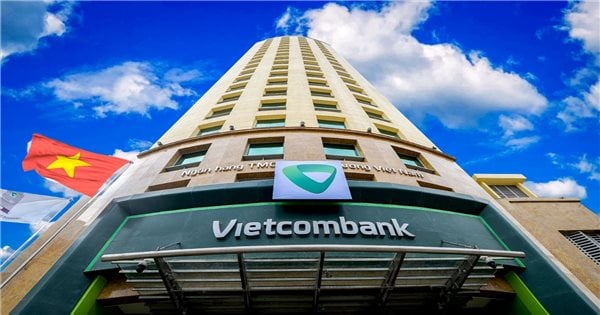

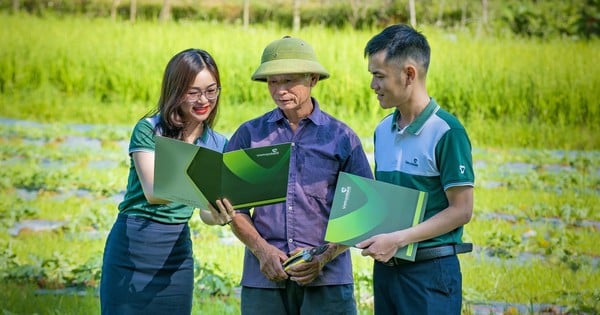




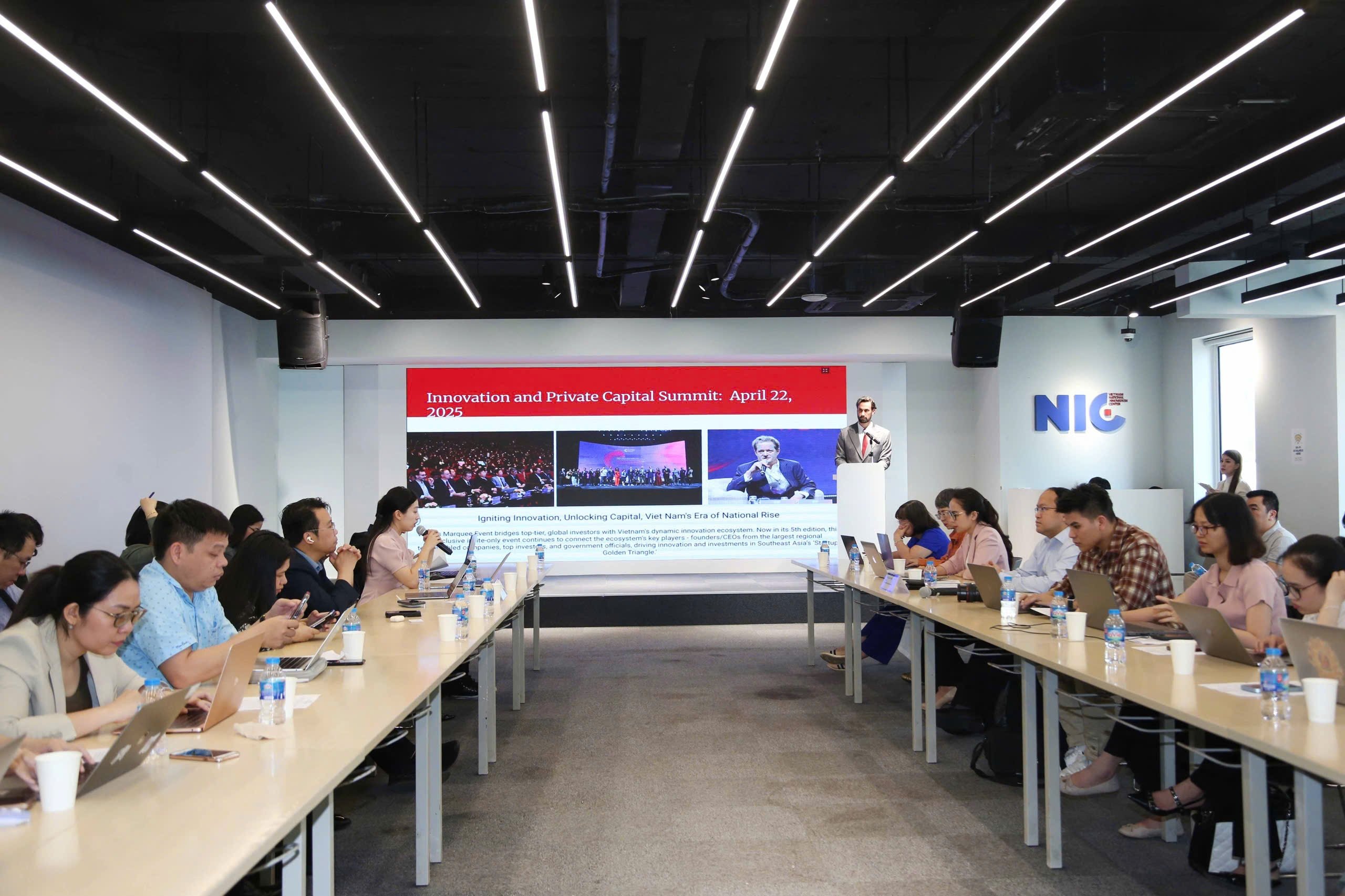

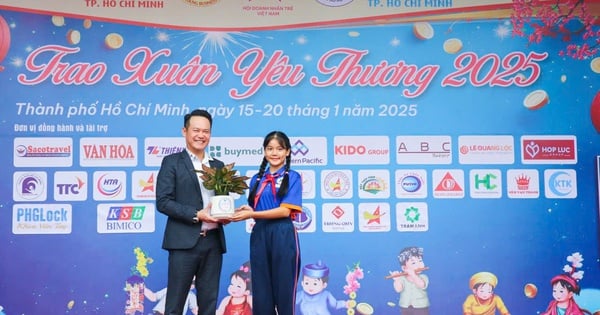

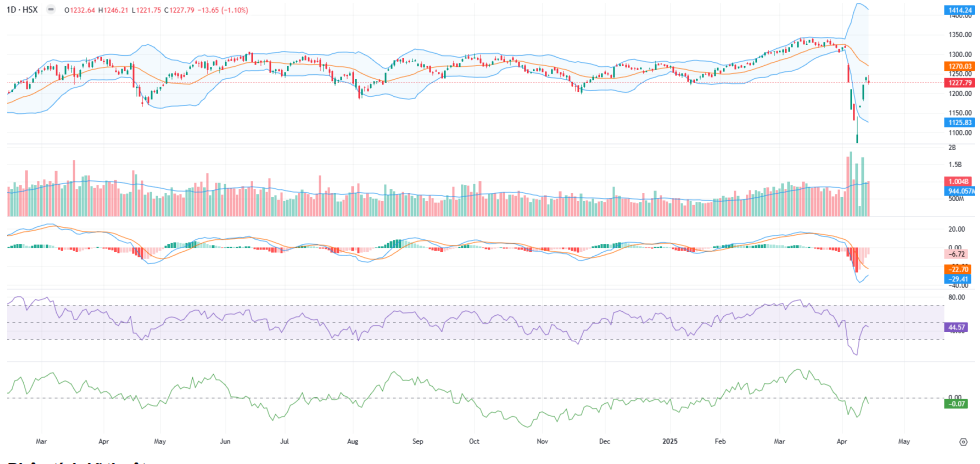


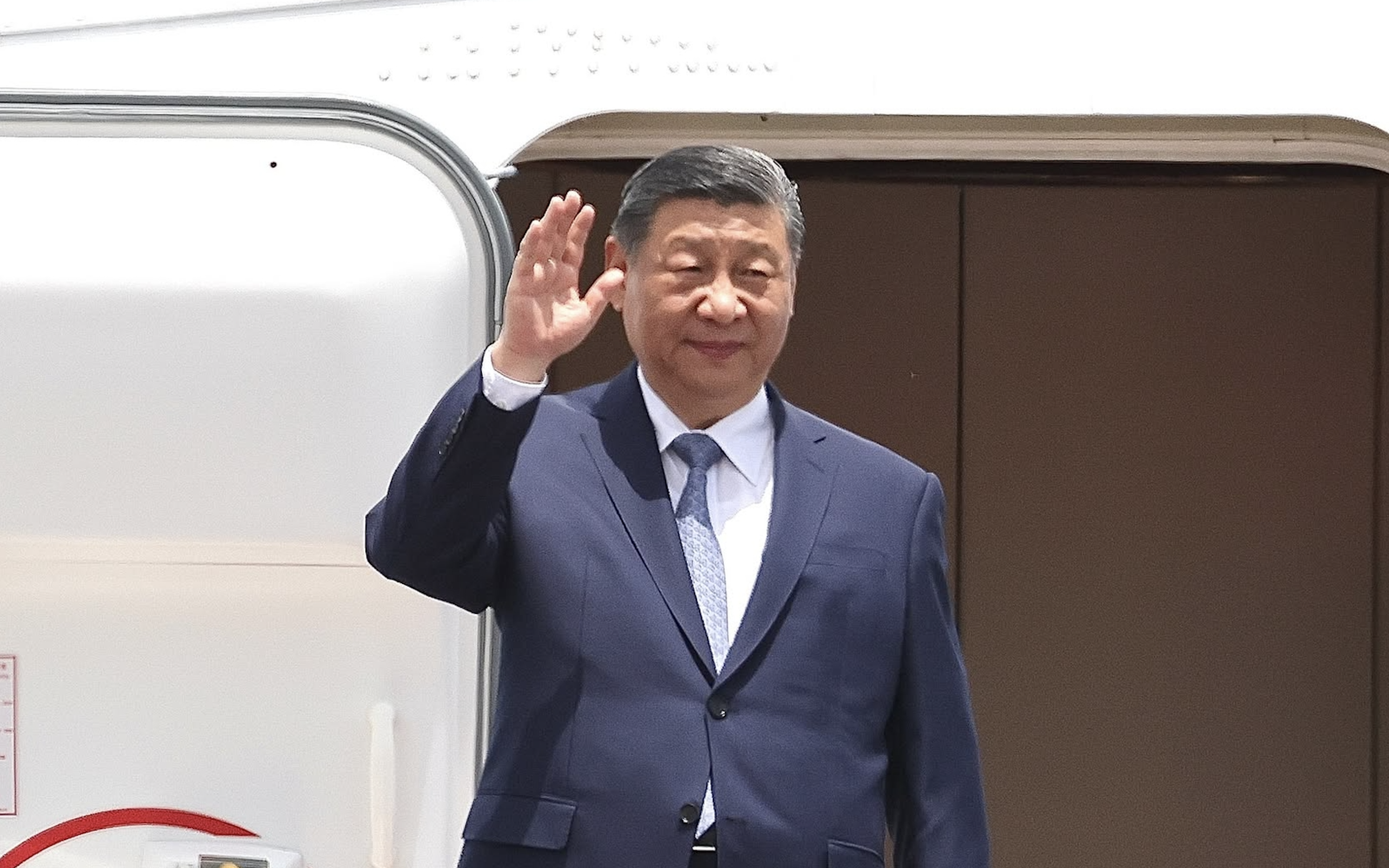













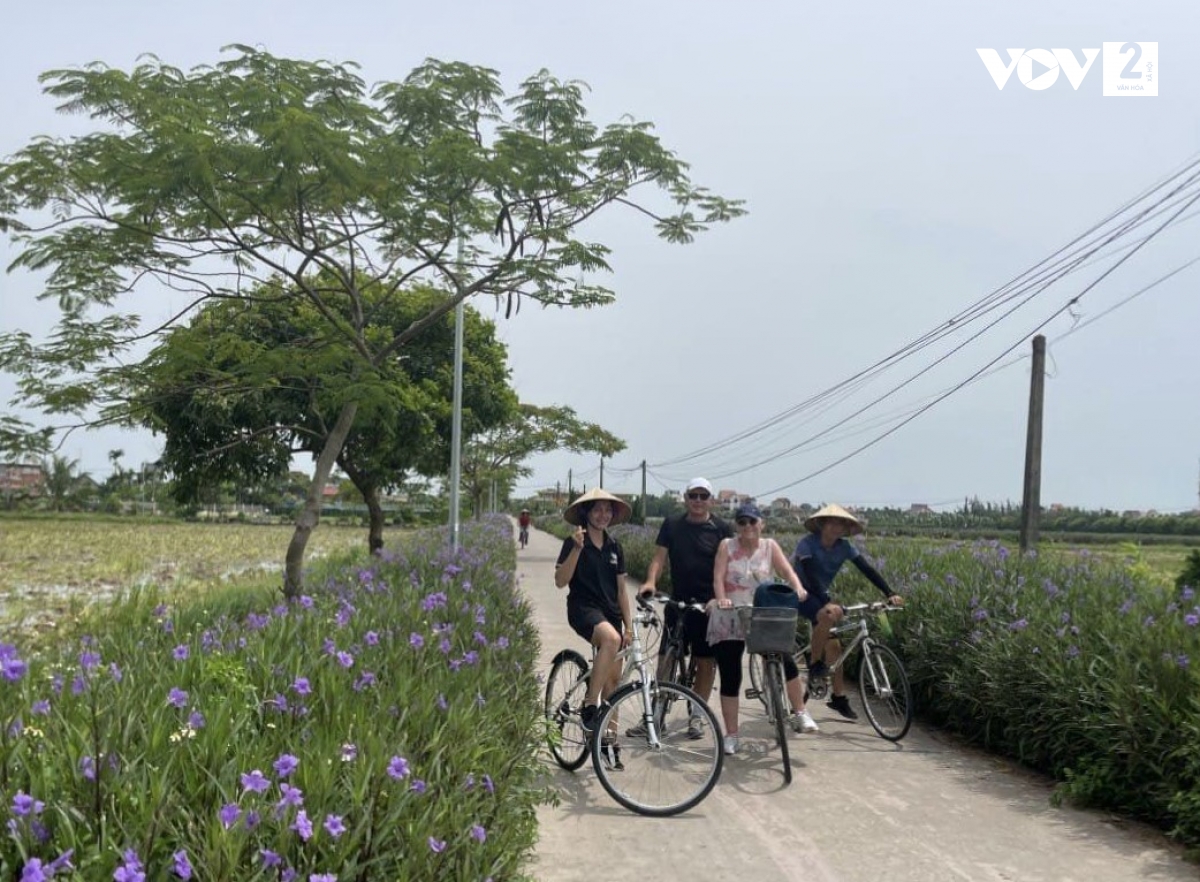

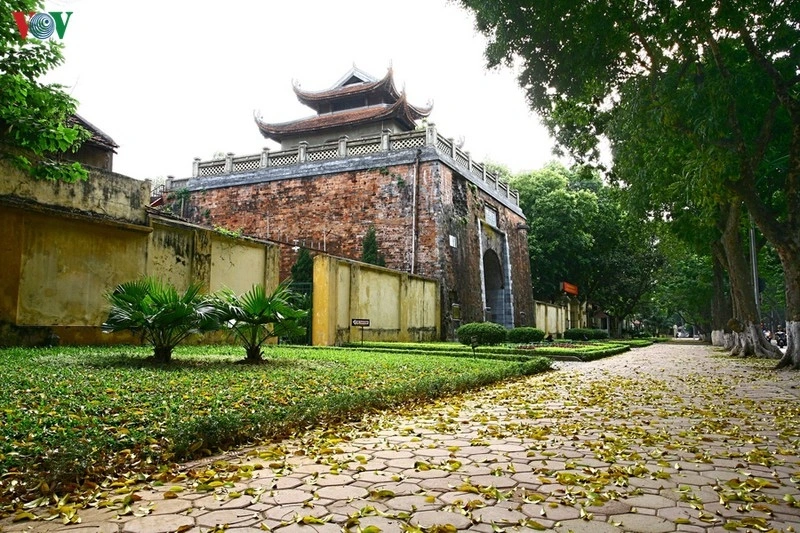




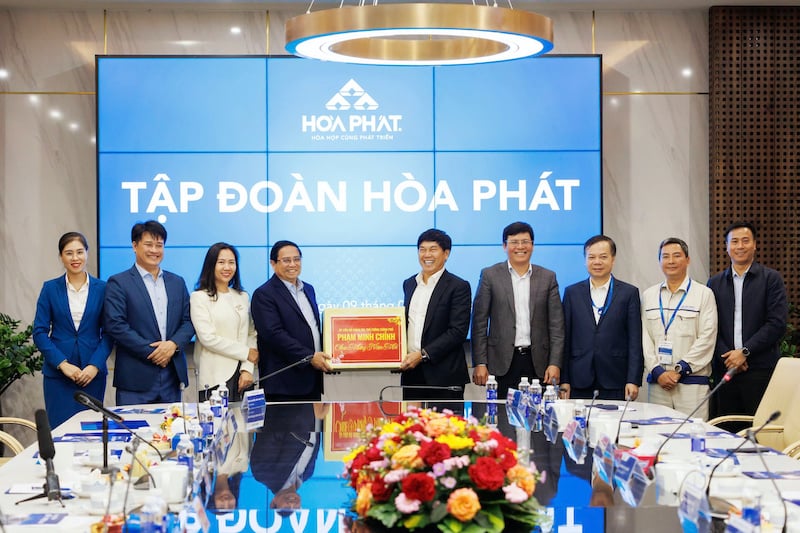

















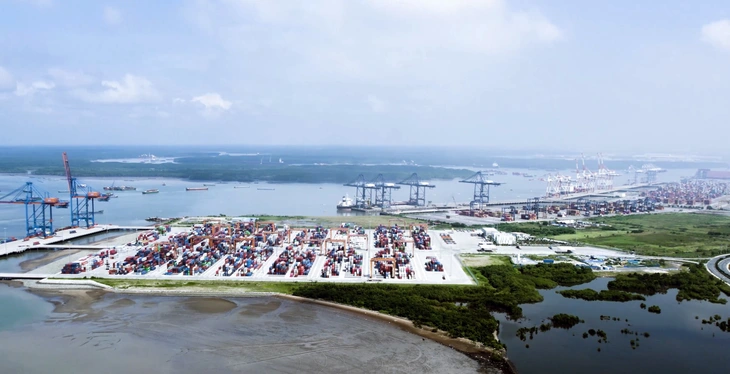








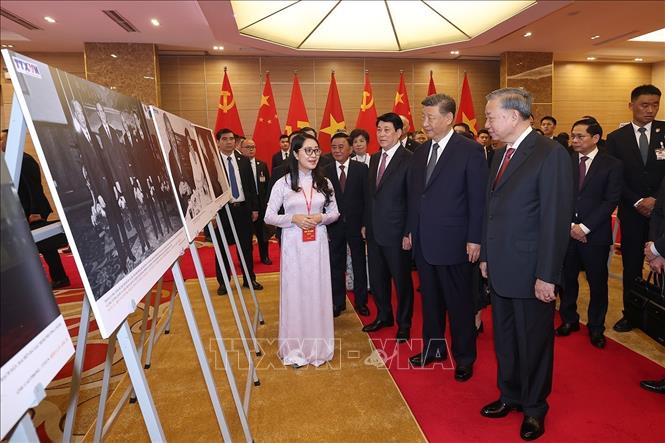



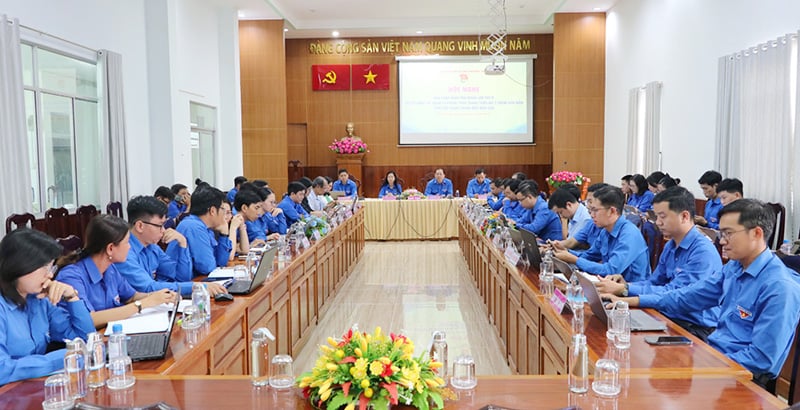




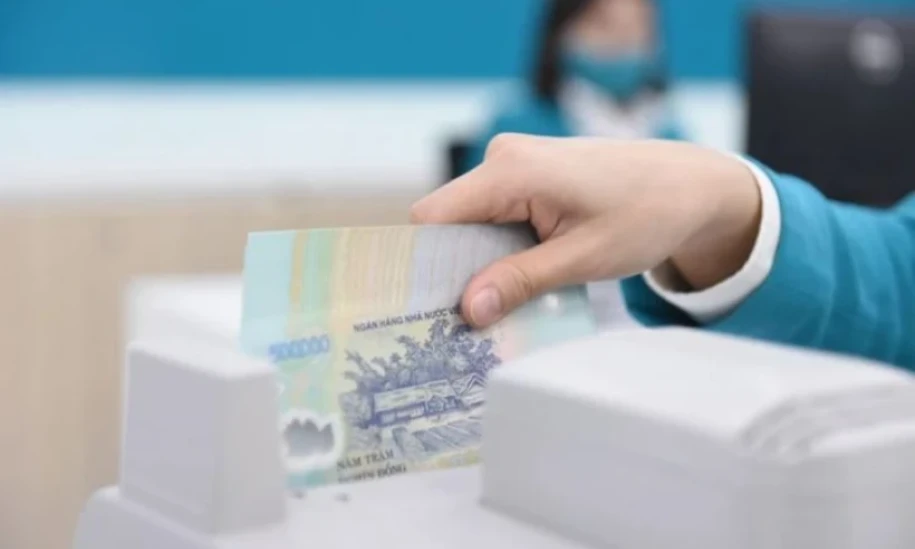


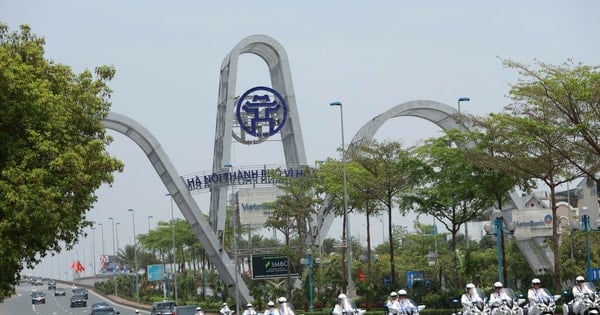


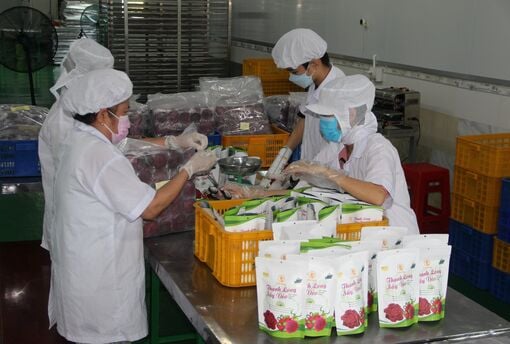

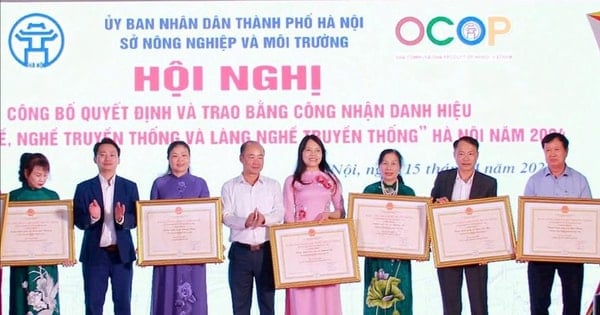
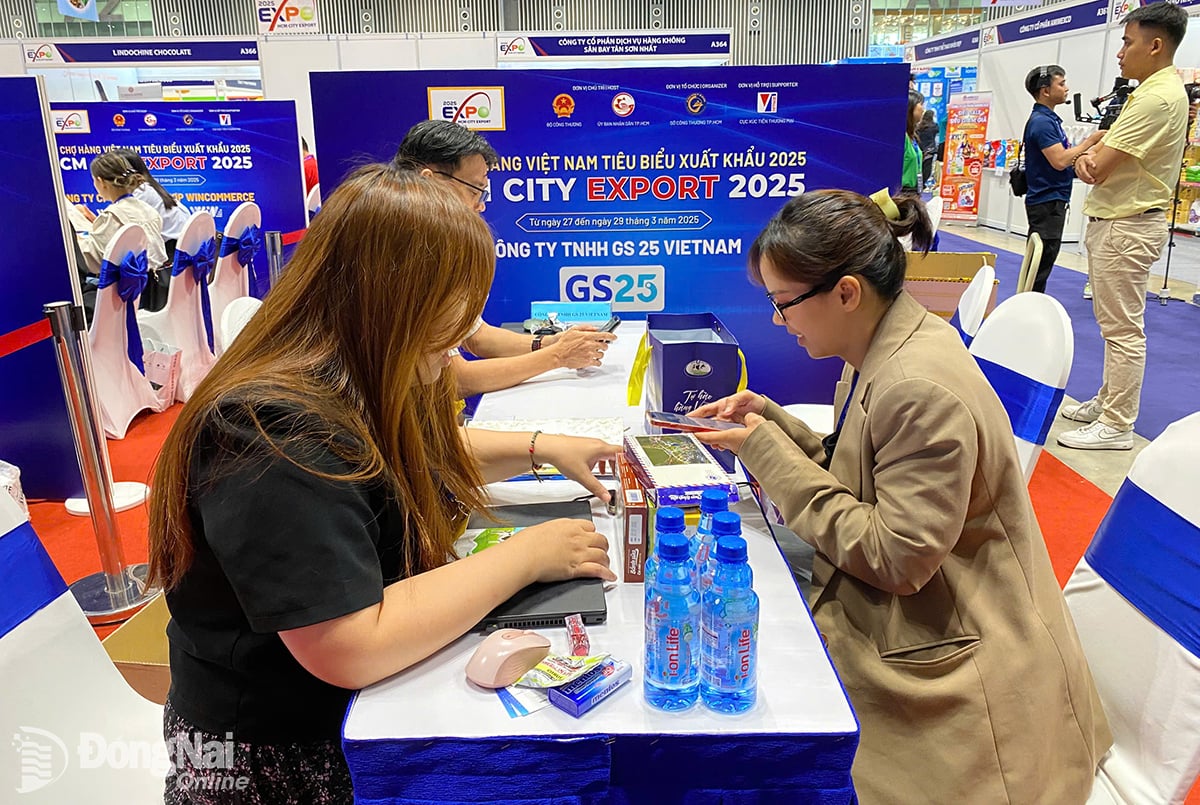

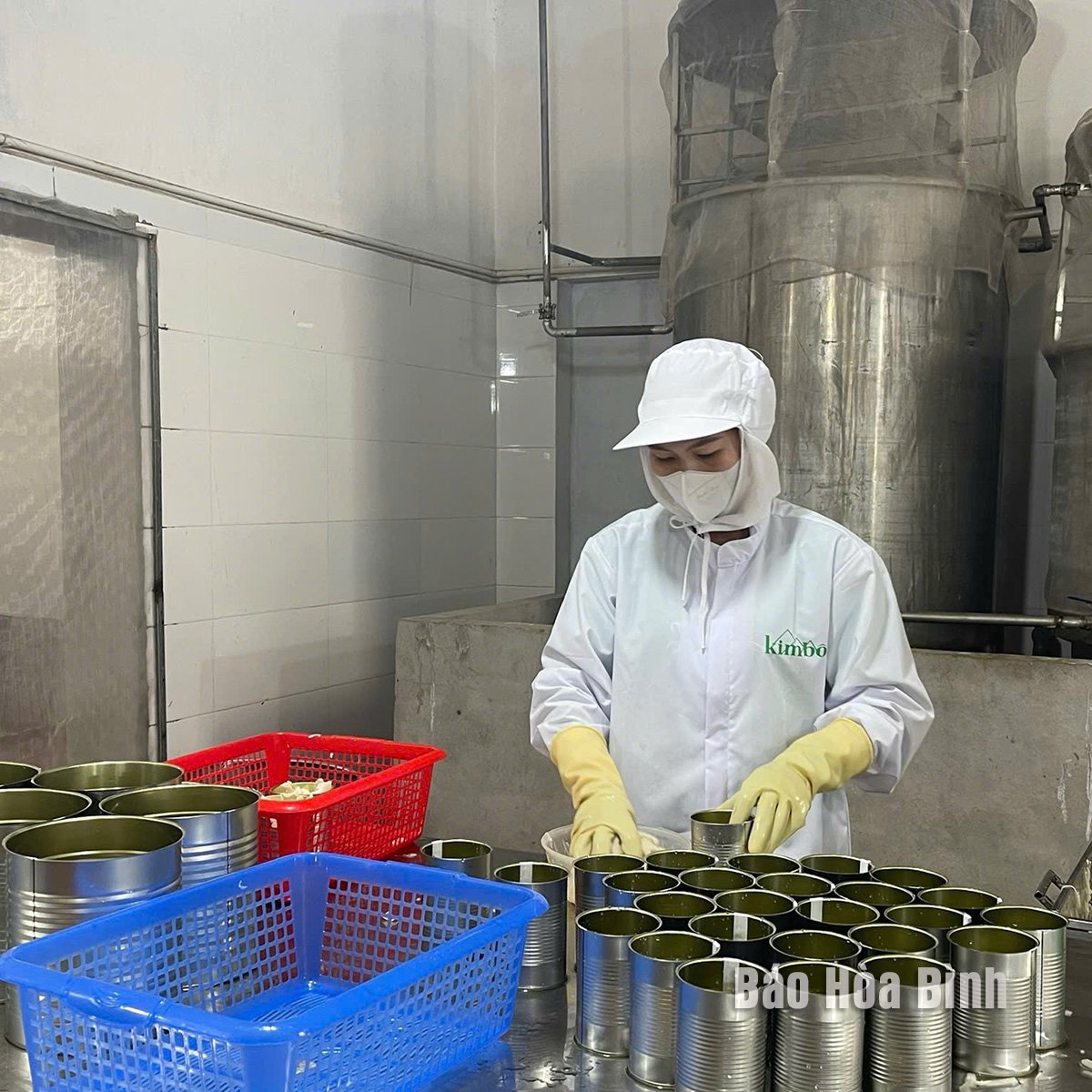
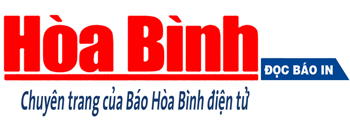
Comment (0)